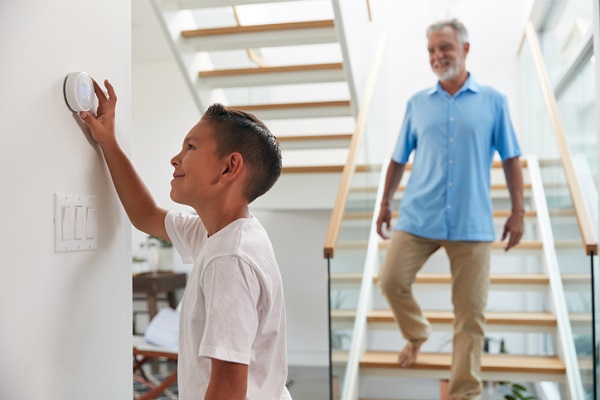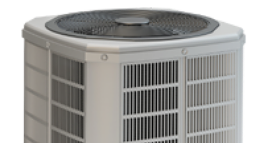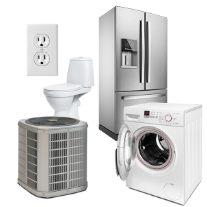Many homeowners view their thermostats as a simple mechanism that controls their heating and air conditioning units. In reality, modern learning thermostats can help you conserve energy, save money on utilities, and make life easier. No matter which model thermostat you have, these tips will help you operate your thermostat more efficiently.
How to Use Your Thermostat Properly
Modern smart thermostats use sensors to assess whether a home is at the correct temperature. They also offer features that let you alter your home’s temperature remotely (e.g., Wi-Fi capabilities, programmable settings).
These features can make it easier for you to regulate internal home temperatures. They can also help you optimize comfort while reducing unnecessary costs. However, if you want to save energy and money, you need to use your thermostat efficiently. Here’s how.
Know the Exterior Temperature
Your thermostat is battling the exterior temperature as it attempts to control the temperature inside your home. Big differences between the indoor and outdoor temperature mean your system will work harder to regulate your home’s temperature.
This isn’t to say that you should try to match the outdoor temperature. Just know that in extremely hot or cold temperatures, your HVAC system will work harder to keep you comfortable. That could lead to more breakdowns.
In general, the Department of Energy recommends setting your thermostat at 68°F for optimal comfort and efficiency.
Be Patient
When it’s really hot or cold, you might be tempted to crank your thermostat up or down for quick relief. In reality, your unit can only exert a certain amount of energy at once. The temperature won’t change any faster because you set it to extremes.
For best results, try to set your thermostat so interior temperatures stay consistent without major fluctuations.
Use Programmable Features
Excessive changes in temperature will force an air conditioner or heater to work harder, causing unnecessary wear and tear and increased utility costs. While it may seem like a waste to cool or warm your home while you’re away, it can help you avoid extreme interior temperatures that force your HVAC system to work overtime.
When you aren’t home, your goal should be to keep your interior temperatures as close to exterior temperatures as possible, depending on your local climate.
For regions that experience below freezing temperatures in winter, set your thermostat at 68°F to prevent pipes and critical systems from freezing. If you have a modern electronic thermostat, leverage programmable features to change the temperature after you leave home and then switch back about an hour before you return.
If you have a Wi-Fi-enabled thermostat, you can remotely adjust temperatures in your home using a computer or smartphone. You can also leverage precise temperature controls using intelligent alerts, which will automatically determine when your home needs to be cooled or heated.

Give Yourself More Protection With 2-10 HBW
Knowing how to best use your smart thermostat is important. It’s also important to have a plan for when you face unexpected breakdowns. With a Home Warranty Service Agreement from 2-10 Home Buyers Warranty (2-10 HBW), you can protect your budget against expensive, inconvenient breakdowns to your heating and cooling, thermostats, and more!









